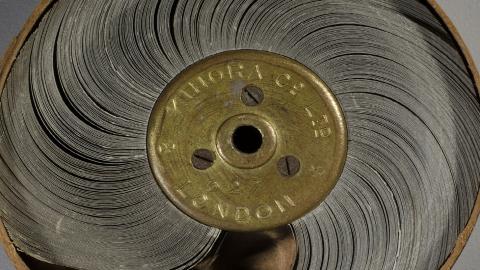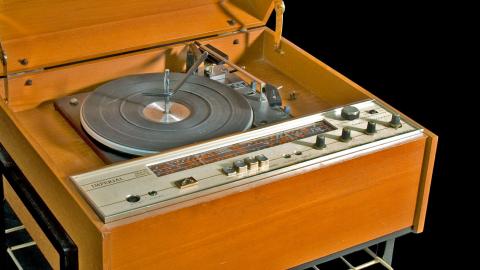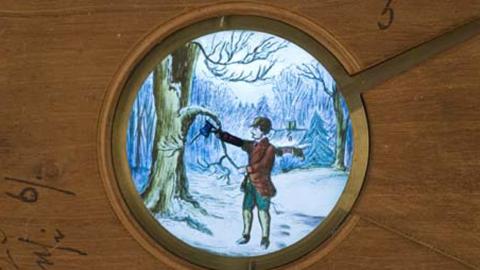
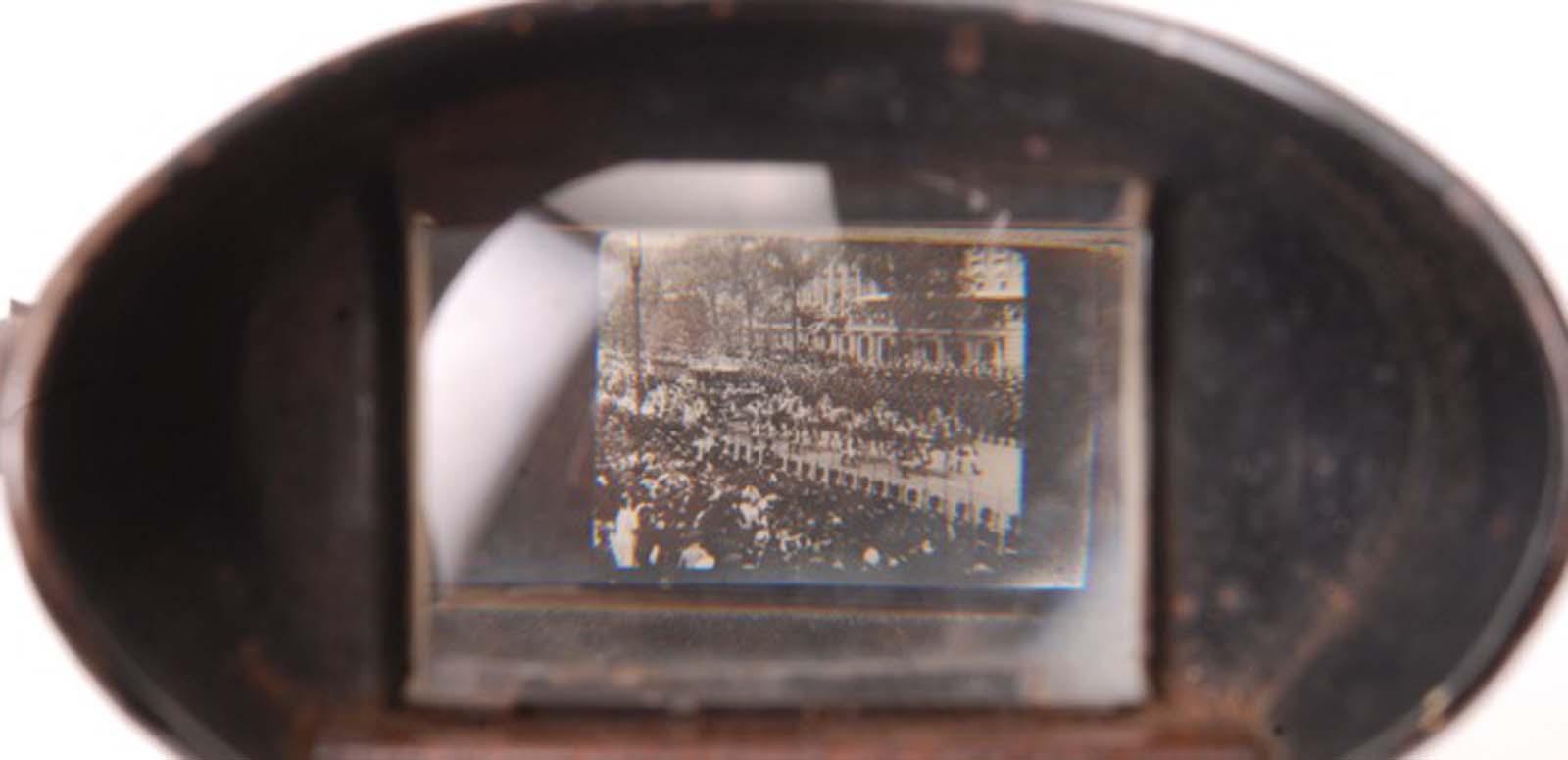
The magical Kinora
In response to the popular reception of the recent digitisation of 1901 footage of legendary cricketers KS Ranjitsinhji and CB Fry, the NFSA has purchased an English Kinora, manufactured by Bond & Co. in 1901, and five kinora reels. The original mechanical technology has a beauty and simplicity that is immensely attractive.

The Kinora was the first home movie entertainment system and was invented by Lumière in France in 1896. The rights were later purchased by the British Mutoscope & Biograph Company.
The Kinora is known as a flipper viewer. The filmed sequence of photographic images was attached to a reel which could then be rotated by a crank handle, animating the images. Kinora reels ran for approximately 30 seconds and could be purchased or rented for home use. Reels depicting family members could also be made at photographic studios, and from 1908 a camera was available for people to purchase to make their own Kinora home movies.
A living portrait album
Advertisements from the time help tell us who owned Kinoras and how they were used.
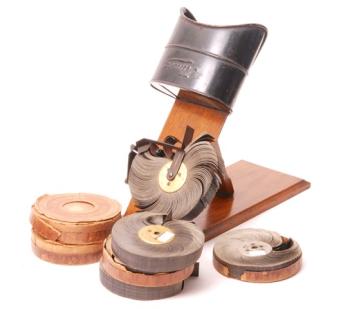
Originally the Kinora viewer was used in the home for providing edifying family entertainment. Reels shown at home included travel documentaries (such as Indian Elephants Washing in the River), dramatic news events (The Great Fire) and children’s fantasy films (The Girl and the Genie).
The Kinora studio camera was advertised by the Charles Urban Trading Company in High Holborn, London as a way of preserving family memories:
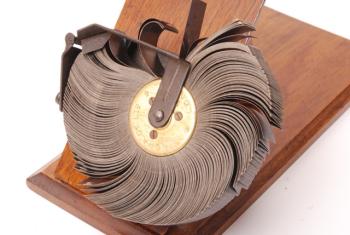
'Your own Animated Portrait! Or that of your Family and Friends! Arrangements can now be made for photographic sittings of individuals or groups for Kinora Picture Reels. Thereby the Kinora becomes a living portrait album – reproducing in movement and with startling semblance to life and features and forms of dear ones. Parents, Husband, Wife, Children, Friends, Pets, LIVE FOREVER IN THE KINORA.'
Reducing the pains of exile
British film historians Luke McKernan and Barry Anthony’s research has revealed that women home-movie makers were a significant market for Kinoras in the late 19th and early 20th century. Advertisements from 1911 depict women filming their husbands practising their golf shots and recording their children at play. The Kinora was also promoted for use documenting scientific experiments and recording the movement of machinery, sports and gymnastics.
Reels could be sent from England to friends and relatives in the colonies:
'… to be lived again in their remote dwelling places, the outposts of Empire. Not merely a scene, but the action; not a single look, but the tender play of expression on the face of mother or sweetheart can be looked upon in camp or bungalow …How the pains of exile will be assuaged by such a message from home!' (The Golden Book of Motion Photography, 1911).

In Australia, the Kinora was advertised enthusiastically in The Australasian Photo Review, 22 September 1911 as:
'…the cheapest working camera, per picture, in the world. Negative, cost of development and positive are said to work out at the astonishing price of .1125 of a penny for each picture, or nearly two-and-a-half pictures for a farthing. This is accomplished by means of a paper negative reel, measuring 40 feet long and holding 640 pictures.'
We have found no evidence that there was any distributor in Australia for the Kinora viewers or cameras, but it would have been easy for interested camera buffs to order these items from European and English catalogues. The opportunity to have ‘the pains of exile’ assuaged by a moving-image message from home would have been irresistible for those with sufficient disposable income to invest in the magical Kinora.
The National Film and Sound Archive of Australia acknowledges Australia’s Aboriginal and Torres Strait Islander peoples as the Traditional Custodians of the land on which we work and live and gives respect to their Elders both past and present.
